Tree Popper Large Invasive Plant Remover Review
- March 26, 2024
- 0 comment
The Tree Popper is more than just a tool; it’s a guardian of the garden, embodying a blend of simplicity, strength, and ecological responsibility. It stands apart from conventional gardening tools by offering a sustainable approach to removing unwanted vegetation. Its design and function invite users into a narrative where practicality meets environmental stewardship, setting a new benchmark in garden management.
Specifications
| Removes | Stems ¼ – 2 in (0.5 – 5 cm) dia. |
| Material | Steel build with powder coat |
| Operation | One-person lever |
| Dimensions | 4 x 14 x 45 inches |
| Weight | 17.76 lbs |
| Manufacturer | Tree Popper Trading, LLC |
Born out of a genuine need to address the issue of invasive plants effectively and sustainably, the Tree Popper is the result of innovative thinking. It harmonizes human effort with nature’s rhythms, providing a solution that respects the balance of the ecosystem while offering a definitive answer to a long-standing problem.
Design and Construction
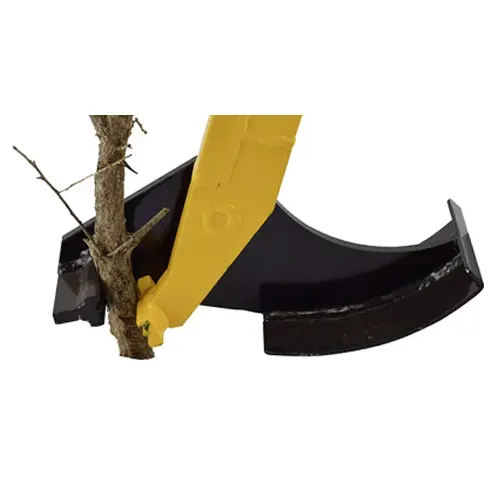
Effective Design
The Tree Popper’s design is a testament to the power of simplicity. Each component, from the ergonomic handle to the efficient jaw mechanism, is purpose-built to enhance the tool’s effectiveness and ease of use, ensuring that gardeners can tackle the task at hand without unnecessary complications.
Materials and Craftsmanship
Constructed from robust mild steel and finished with a durable powder coating, the Tree Popper is built to last. The hand-welded craftsmanship not only ensures its longevity but also speaks to the quality of the tool, guaranteeing reliability even under strenuous use.
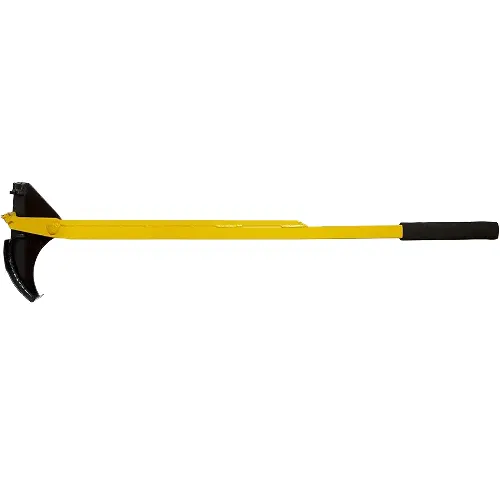
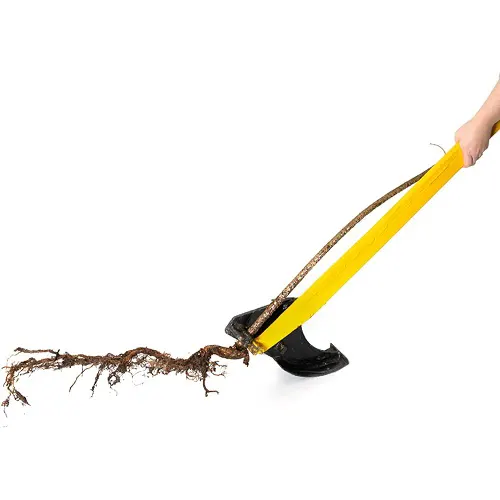
The Lever and Jaw
The essence of the Tree Popper’s functionality lies in its lever and jaw mechanism, a brilliant application of leverage that amplifies the user’s strength. This allows for the complete and clean removal of invasive plants, ensuring that the roots are extracted alongside the stem, leaving no trace behind.
Ease of Use
A Step-by-Step Guide to Operating the Tree Popper
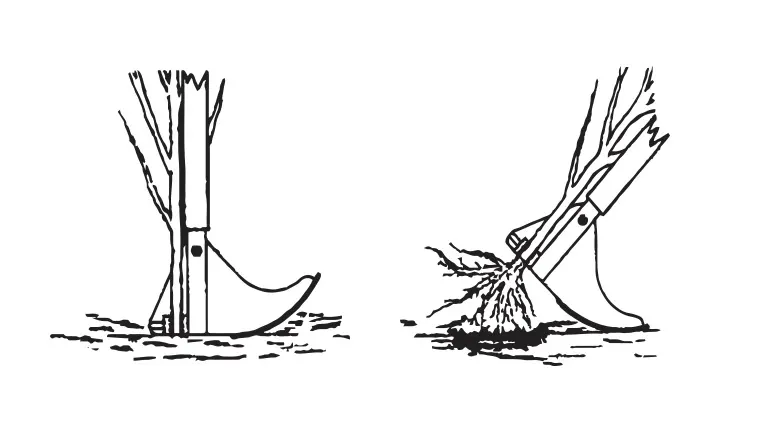
To effectively use the Tree Popper for removing invasive plants, follow these detailed instructions:
- Position the Tree Popper: Begin by placing the Tree Popper next to the unwanted plant, ensuring that the tread plate is facing towards you. This orientation is crucial for leveraging the tool’s mechanics effectively.
- Engage the Jaw with the Plant Stem:
- Carefully open the jaws of the Tree Popper by applying slight pressure on the foot bar or by manually separating them, depending on your model.
- Lower the jaws around the base of the plant stem, positioning them as close to the soil surface as possible. This placement is critical for ensuring that you capture as much of the root system as you can.
- Once in position, release any pressure on the foot bar (if applicable) to allow the jaws to clamp down on the stem securely. The grip should be firm and snug against the stem to prevent slippage during extraction.
- Extract the Plant:
- Stand with a stable stance, feet shoulder-width apart, to ensure balance and safety.
- Grasp the upper end of the lever with both hands. It’s important to maintain a straight posture to avoid any undue strain on your back.
- Without using your feet for additional force on the popper, begin to pull back on the lever using a controlled and steady motion. The design of the Tree Popper leverages your body weight and the force applied to lift the plant, roots and all, from the soil.
- Continue the backward motion until the plant has been fully dislodged from the ground. It may be helpful to apply a rocking motion if the plant proves particularly resistant.
- Post-Extraction:
- Once the plant is removed, carefully open the jaws (you may need to step on the foot bar again if your model includes this feature) to release the plant from the tool’s grip.
- Dispose of the removed plant responsibly to prevent any chance of regrowth. This may include bagging it for yard waste removal or burning it, depending on local regulations and the nature of the plant.
- Repeat as Necessary: If dealing with multiple invasive plants, repeat the above steps for each, ensuring that you’re maintaining proper form and technique to maximize efficiency and minimize physical strain.
Tips for Maximizing Efficiency
To get the most out of the Tree Popper, certain techniques and strategies can be employed, particularly when dealing with different types of vegetation and varied terrains. These expert tips ensure that each effort with the Tree Popper is as productive as possible.
Key Benefits
- Productive and Protective Gardening: The Tree Popper does more than remove unwanted plants; it fosters a healthy garden ecosystem. Extracting plants completely, it prepares the soil for new growth and maintains its integrity, promoting a cycle of health and renewal in the garden.
- Adaptable to Various Terrains: Versatility is one of the Tree Popper’s standout features. Capable of performing effectively on rocky grounds and uneven terrains where other tools falter, it proves indispensable in a wide range of gardening scenarios.
- Environmental Stewardship and Protection of Native Flora: With the Tree Popper, garden maintenance becomes an act of environmental conservation. Its operation requires no chemicals and minimizes disturbance to surrounding plants, aligning with the principles of sustainable gardening and biodiversity preservation.
Pros and Cons
Pros
- Efficient Removal: Uproots entire plants, including roots, to effectively control invasives.
- Ergonomic: Leverage reduces strain on back and arms.
- Eco-Friendly: No chemicals needed, preserving the garden’s health.
- Durable: Made from high-quality steel for long-lasting use.
- Versatile: Works on various terrains and in tight spaces.
- Low Maintenance: Simple design requires minimal upkeep.
- Selective: Targets invasive plants without harming nearby flora.
Cons
- Size Limitation: Best for stems ¼ inch to 2 inches thick.
- Physical Effort: Still requires some manual force.
- Learning Curve: May take time to master its use.
- Higher Initial Cost: More expensive than basic tools.
- Soil Disturbance: Can disrupt soil and nearby plants.
- Storage: Larger size may complicate storage and transport.
- Specific Use: Primarily for invasive plant removal, limiting frequent use.
Conclusion
As we conclude this review, the Tree Popper is an innovative gardening tool designed for the sustainable removal of invasive plants, combining ease of use with environmental responsibility. Its robust steel construction and efficient lever and jaw mechanism ensure the complete extraction of plants, roots included, without the need for harmful chemicals. This tool is not only effective across various terrains but also promotes the health of your garden’s ecosystem. While it excels in removing plants with stems ¼ inch to 2 inches thick, it requires some physical effort and may disturb the surrounding soil. Its design prioritizes the well-being of the user and the garden, making it a valuable asset for eco-conscious gardeners.
FAQs
- What are invasive plants, and why are they a problem?
- Invasive plants are non-native species that spread aggressively, outcompeting local flora, disrupting ecosystems, and potentially causing harm to the environment and economy.
- How can I effectively remove invasive plants from my garden?
- Manual removal, including digging or pulling, is effective for small infestations. For larger areas, a combination of manual removal and careful use of eco-friendly herbicides might be necessary.
- What tools are essential for invasive plant removal?
- Basic gardening tools like gloves, shovels, and hand pruners are essential. For larger roots, specialized lever-based tools can provide additional leverage.
- Can invasive plants be composted?
- It’s generally not recommended to compost invasive plants as seeds and fragments might survive and spread when the compost is used.
- How can I prevent invasive plants from returning?
- Regular monitoring, immediate removal of new growth, maintaining healthy soil, and planting native species can help prevent their return.
- Are there eco-friendly ways to control invasive plants?
- Yes, methods like mulching, solarization, and introducing natural predators or competitive native plants can control invasives without harming the environment.
- What should I do if invasive plants are damaging local wildlife?
- Consult with local environmental or wildlife agencies for advice on removal and control methods that protect local ecosystems.
- How can I identify invasive plants in my area?
- Local agricultural extension offices, gardening clubs, and online databases can provide information on identifying invasive species specific to your region.
- Is it necessary to use chemicals to control invasive plants?
- While chemicals can be effective, they should be a last resort due to potential harm to the environment. Explore physical removal and natural alternatives first.
- What should I plant after removing invasive species?
- Consider native plants that are adapted to your local climate and soil conditions. They require less maintenance and support local biodiversity.
Embrace the camaraderie of fellow green enthusiasts committed to nurturing gardens and safeguarding the environment. Your involvement enriches our collective wisdom, fostering a space where experiences are shared, and growth is cultivated together. Welcome to a place where your passion for the earth finds its roots and flourishes.
Dive deeper into expert gardening insights with our comprehensive guides, uncover our top picks in the best section, and get detailed evaluations in our reviews. Let’s enhance the joy and efficiency of gardening together!

Charles Hayes
Forestry AuthorI'm Charles Hayes, I bring over 15 years of specialized expertise in landscaping and woodworking, blending artistic design with sustainable environmental stewardship. My career, fueled by a profound passion for the natural world, encompasses extensive education and hands-on experience in creating harmonious, eco-friendly outdoor spaces and responsibly managing forest resources. Recognized for my professional standing, I am committed to continuous learning and certification in cutting-edge practices. My expertise is not only reflected in my work but also in my contributions to community projects, educational workshops, and collaborations with industry leaders. As an authoritative voice in my field, I strive to share knowledge and promote environmentally conscious approaches, making me a trusted resource in landscaping and forestry.

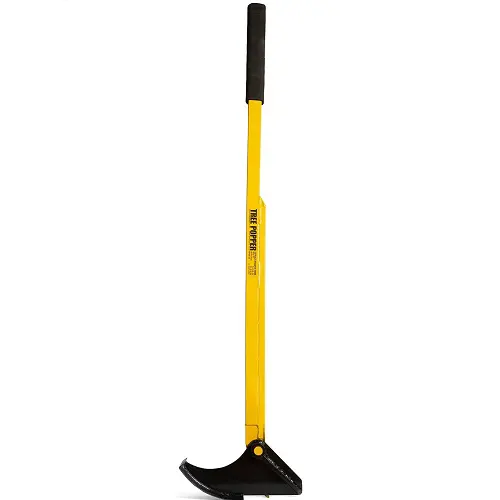
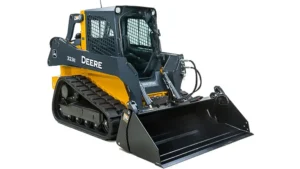






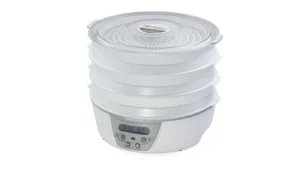
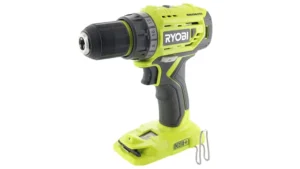
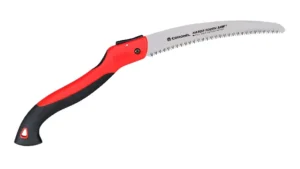
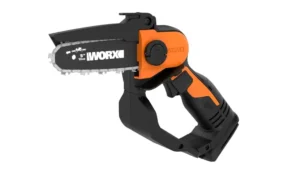
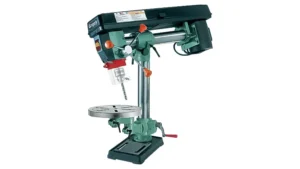
Leave your comment